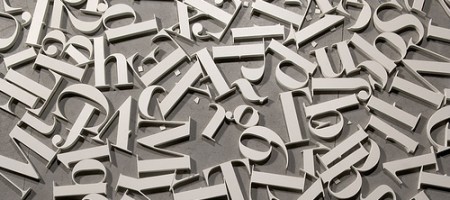Argumentation for digital history stumbles over the ontology of its evidence. I’m writing here about corpus-scale analysis, the digital methodology I know best from my work on the Viral Texts project, and variously named by terms like “distant reading” or “cultural analytics.” Though the specifics of these methods are hotly debated, we might gather them under the sign of scale, a notion of “reading”—and I’d like to make that word do more work than perhaps it should—across wider sets of materials than was typical for humanists prior to computational methods.
Recently in literary-historical circles, Katherine Bode has inspired a much-needed discussion about the corpora on which computational analyses are based. Drawing on traditions of book history and textual scholarship, Bode critiques Moretti and Jockers, in particular, as metonymies for distant reading approaches:
Moretti and Jockers construct literary systems as comprised of singular and stable entities, while also imagining that they capture the complexity of such systems in the process. In fact, because their datasets miss most historical relationships between literary works, their analyses are forced to rely upon basic features of new literary production to constitute both the literary phenomenon requiring explanation, and the explanation for it.
Most incisively, Bode shows how much “distant reading” work reconstitutes the primary assumption of close reading: “the dematerialized and depopulated understanding of literature in Jockers’s work enacts the New Criticism’s neglect of context, in a manner rendered only more abstract by the large number of ‘texts’ under consideration.” The problem may be, in other words, not that computational analysis departs from analog methods, but that we interpret the results of corpus-level analysis too much like we interpret individual texts. To be provocative, I might rephrase to say that we don’t yet as a field understand precisely how corpus-scale phenomena make their meaning, or how those meanings relate back to codex-scale artifacts.
Read the full post here.

